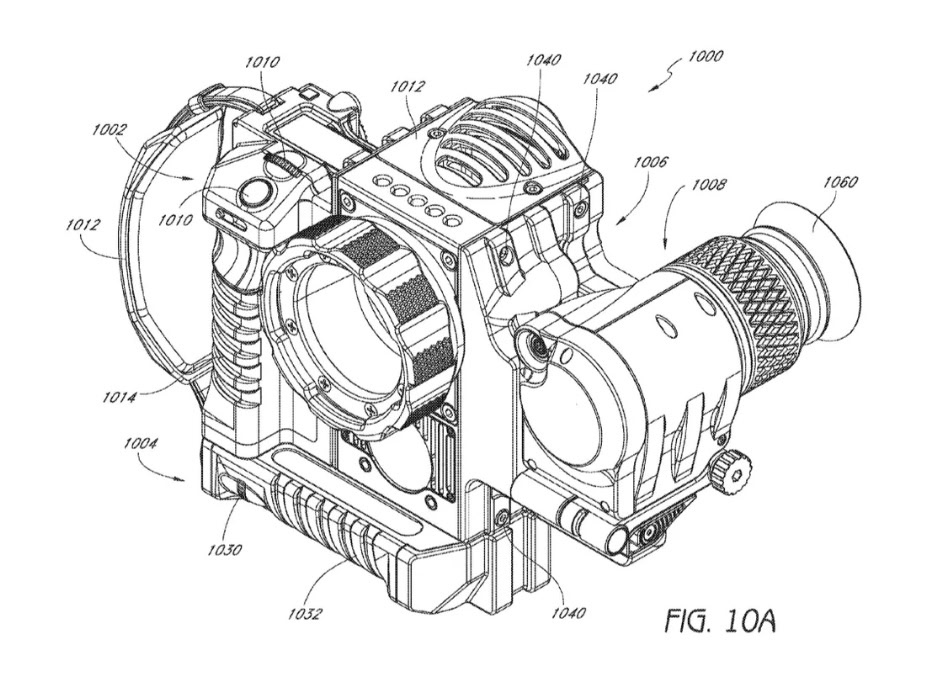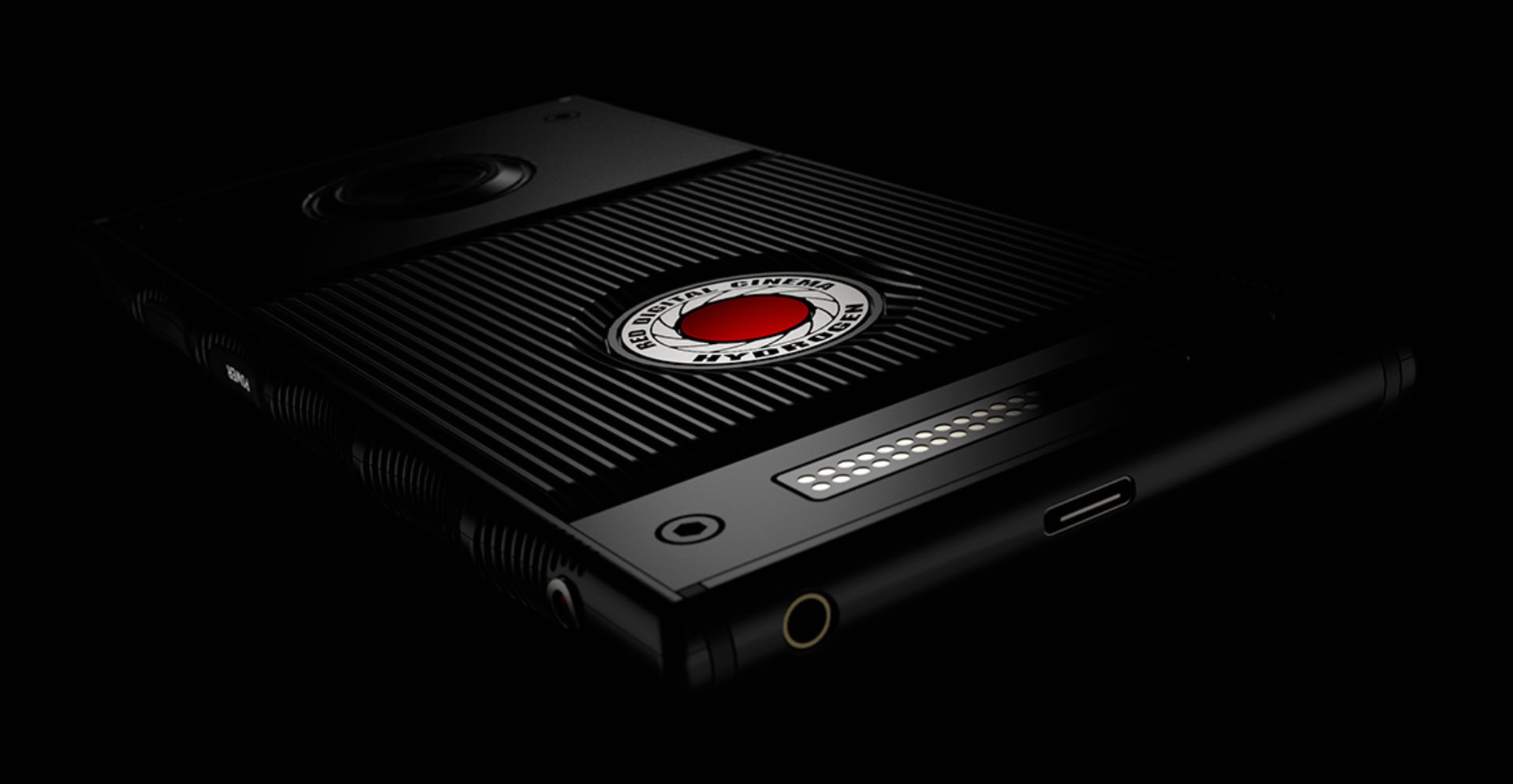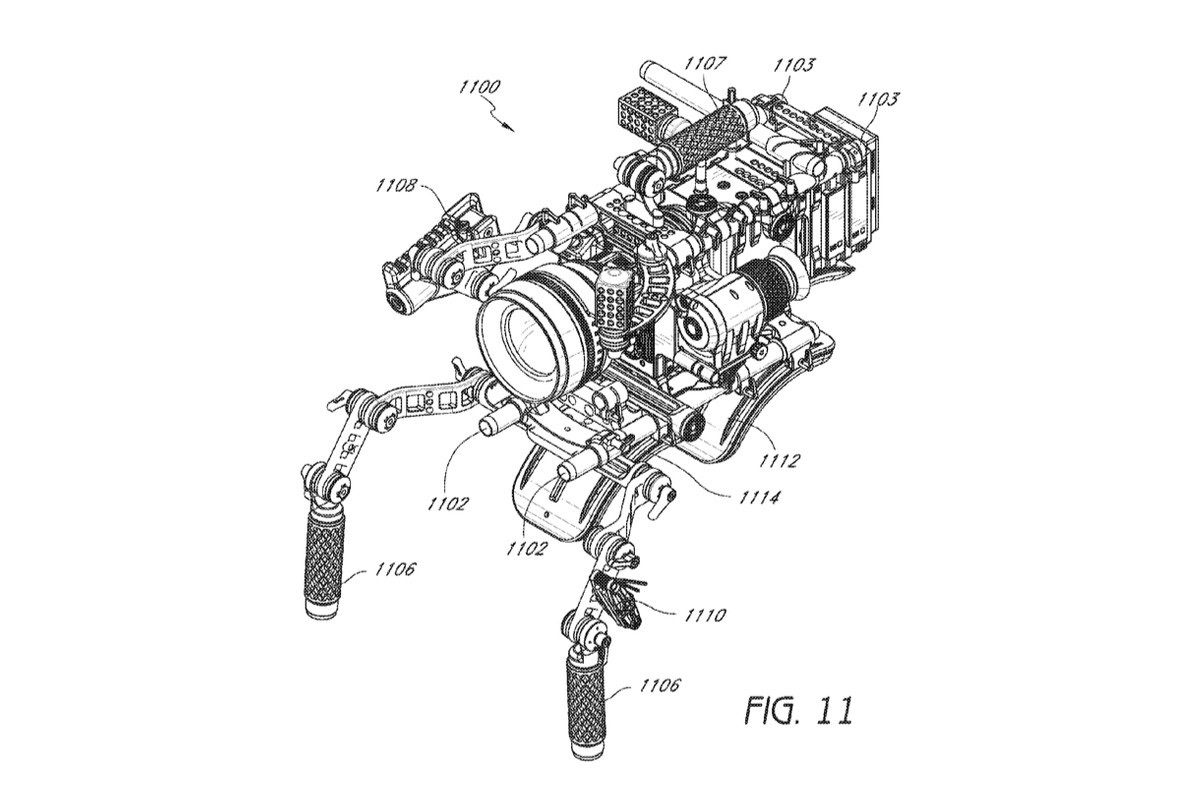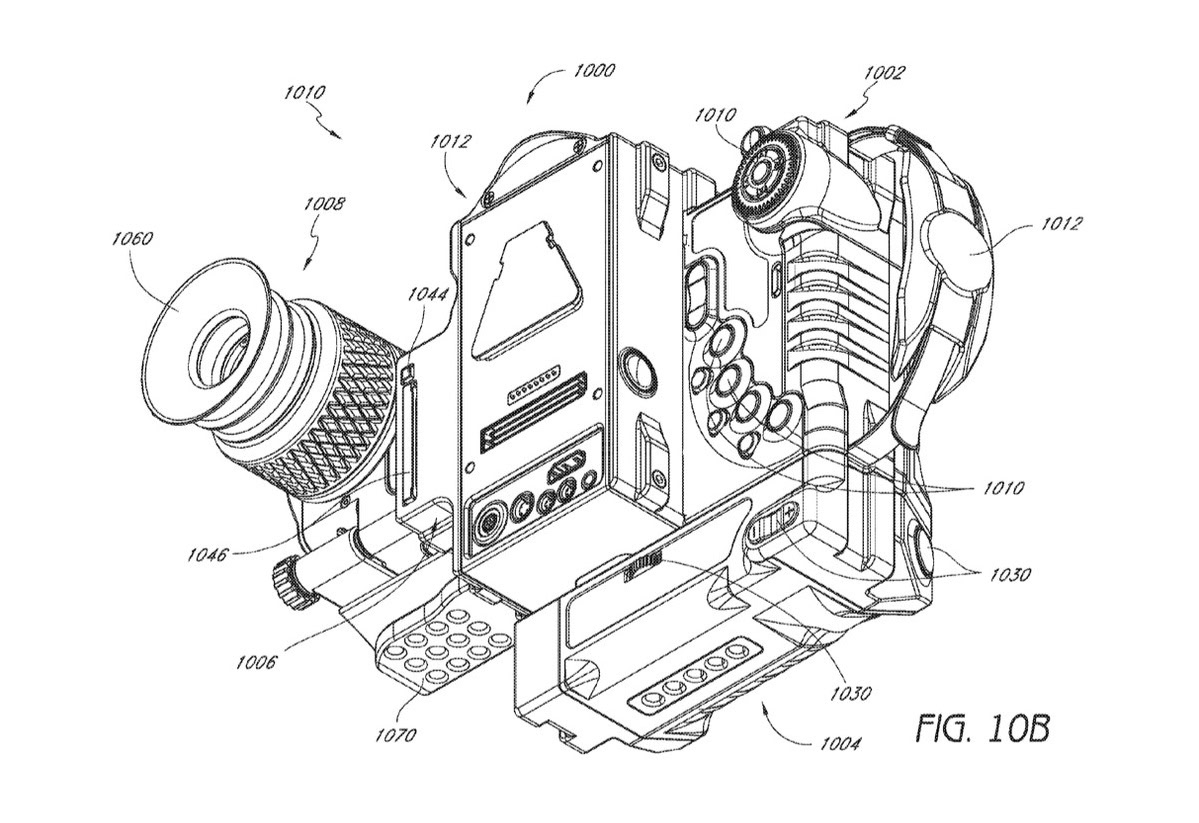Affiliate links on Android Authority may earn us a commission. Learn more.
These RED Hydrogen One module concepts look like they were designed by a mad scientist
Published onJuly 10, 2017

Cinema camera company RED announced its first smartphone, the Hydrogen One, at the end of last week, and it already looked like an outrageous smartphone. Coming in 2018 (possibly), with a modular, titanium body, 5.7-inch holographic display and $1,195 price tag, as well as what looks like some impressive grips, the new phone already had some rolling their eyes at the ridiculousness of it.
Since then, some new patent design have emerged which adds even more crazy to the whole project.

First off, it looks RED was mulling the idea of a modular system that would turn the phone into something more like a DSLR camera — and we’re not just talking about adding a new lens, here. The design depicts an entire front-to-back conversion with an additional viewfinder, grips, battery and all manner of mechanical buttons and dials.
Taking things a step further is a pending patent design for an entire shoulder mounted cinema camera which, once again, would be powered by the RED Hydrogen One smartphone.

This isn’t completely new territory for RED, at least as far as modularity is concerned, as it already sells expensive cameras which come without additional (and necessary) accessories, such as the battery or connecting cables. But the notion of building such tech around a smartphone is an interesting one.
At this juncture, it’s difficult to imagine the advantage that a DSLR or cinema-quality camera powered by a smartphone would be. At least, not so long as it comes at the same size and costs as a non-smartphone powered product (which looks likely, given the patent images and RED’s typical prices). A camera developed solely for use as a camera, rather than one built of add-ons to a phone, would surely be the more capable device, also.

One advantage a smartphone-based setup could have over other DSLR cameras is in its software, though. Android is a sophisticated operating system, as we’re all aware, and could open up possibilities for streaming, editing, and transfer that typical cameras don’t have access to. For example, you wouldn’t need to move the videos or photos to a computer to begin editing them (if you’re recording such high-quality media to a phone it’s likely to soon run out of space, however).
Manufacturers know that we want better photo and video capture from our smartphones — camera quality is usually one of the major focuses for new flagship devices — but without a really solid reason to go modular instead of just buying a regular DSLR, I can’t see how RED’s potential plans would work.